

And for an inspirational seed planted by Scott Cook that allows for some perspective on things:
"We're still in the first minutes of the first day of the Internet revolution."
The Evolving Internet Landscape
Imagine a world where the internet doesn't just store information, but understands it. Welcome to the era of vector embeddings.
This investigative report delves into the world of vector embeddings, exploring how this technology is already reshaping our online experiences and the profound implications it holds for the future of data processing, artificial intelligence, and human-computer interaction.
The Traditional Internet: A Library Analogy
To understand the significance of vector embeddings, we must first examine the limitations of the traditional internet model. Dr. Sarah Chen, a computer scientist at Stanford University, offers an apt analogy: "Picture the early internet as a vast, dusty library, where each webpage was a book on a shelf. Search engines were like overworked librarians, frantically flipping through pages to find keywords that matched your query."
This system worked reasonably well for straightforward queries. If you wanted to find information about "cats," a traditional search engine could easily locate pages containing that word. However, it struggled with more nuanced requests. "The keyword-based model lacks understanding of context and meaning," explains Dr. Chen. "It can't easily distinguish between 'jaguar' the animal and 'Jaguar' the car brand without additional context."
Moreover, as the internet grew, so did the challenge of finding relevant information amidst the noise. Jake Sullivan, a veteran SEO consultant, notes, "By the mid-2000s, we were locked in an arms race between search engines and content creators. Keyword stuffing and link farms were rampant as people tried to game the system."

Vector Embeddings: The New Language of Data
Vector embeddings represent a paradigm shift in how we represent and process information. At its core, a vector embedding is a way of representing data – be it text, images, or even abstract concepts – as a series of numbers in a high-dimensional space.
Dr. Elena Rodriguez, an AI researcher at MIT, explains: "Think of vector embeddings as the DNA of information. Just as your genetic code contains instructions for your entire body, a vector embedding encapsulates the essence and relationships of a piece of data."
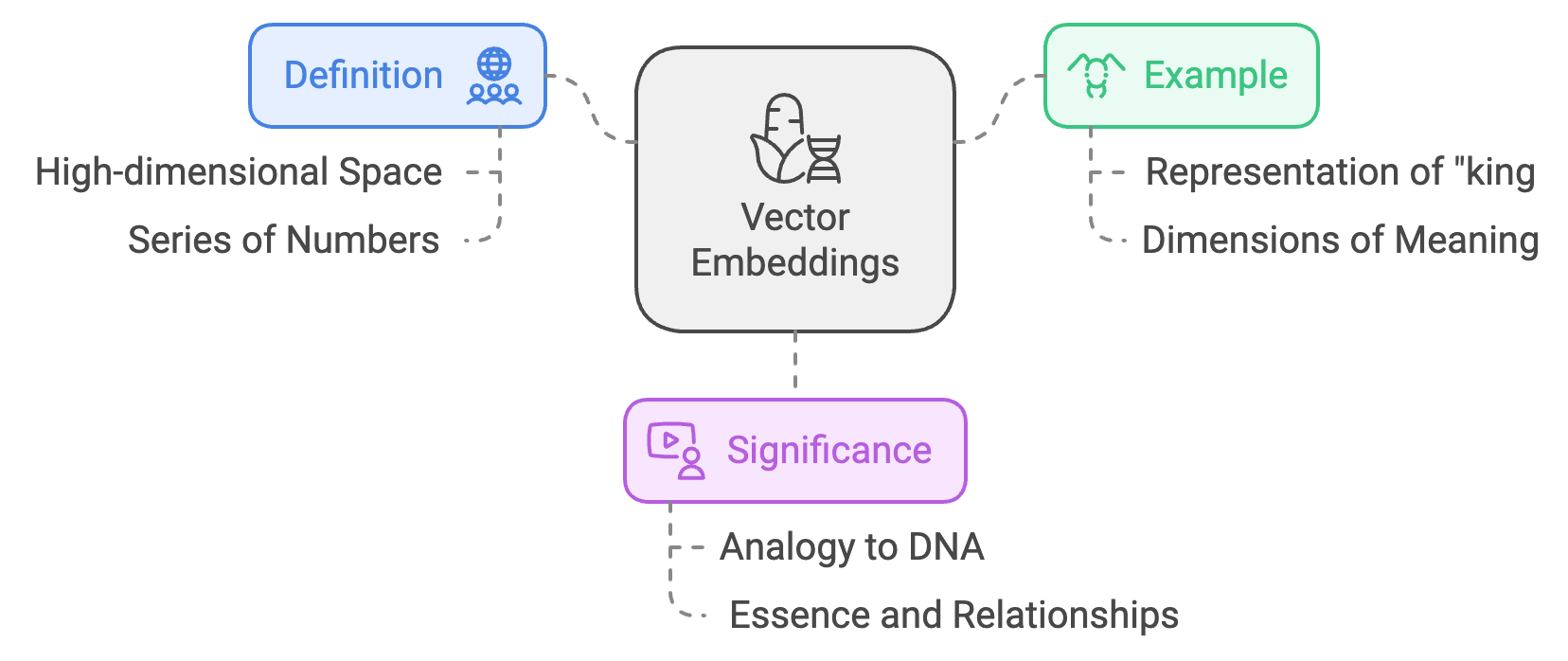
To illustrate, let's consider the word "king." In a vector space, it might be represented as:
[0.99, -0.14, 0.35, ..., 0.78]
Each number in this vector corresponds to a different dimension of meaning. While individual numbers may not be interpretable to humans, the overall pattern encodes rich semantic information.
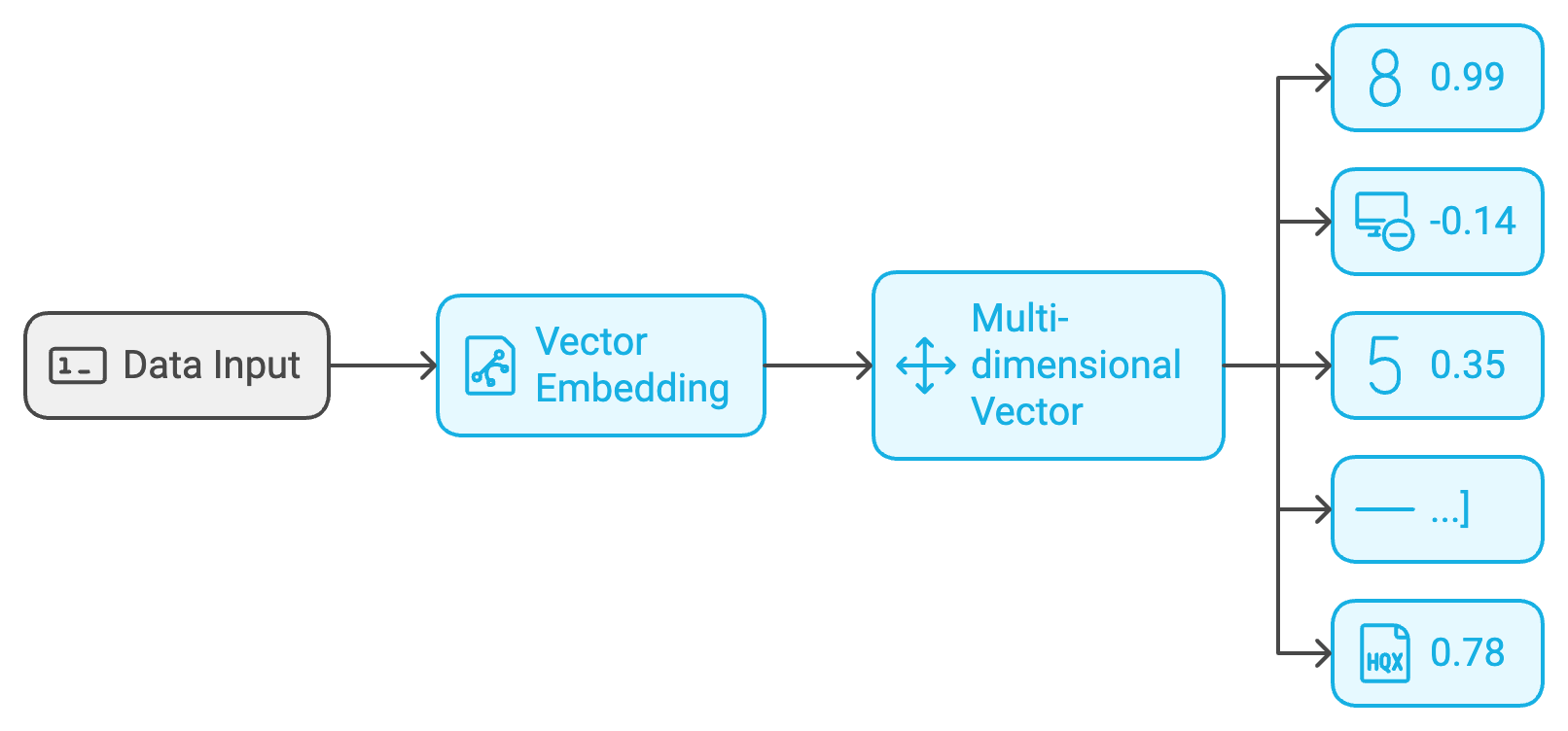
The power of this approach becomes evident when we perform operations on these vectors. For instance, a famous example in the field demonstrates that:
vector("king") - vector("man") + vector("woman") ≈ vector("queen")
This simple mathematical operation captures a complex semantic relationship, demonstrating how vector embeddings can encode nuanced meanings and associations.
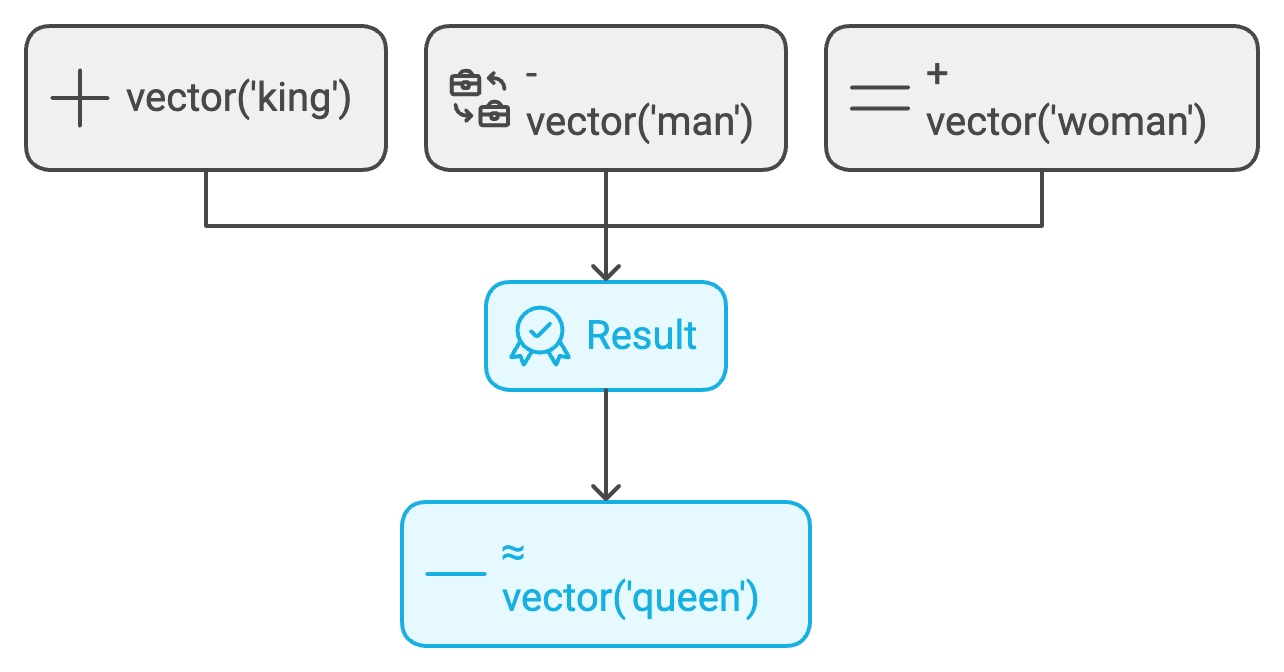
Applications of Vector Embeddings: Real-World Examples
The impact of vector embeddings is already being felt across a wide range of applications:
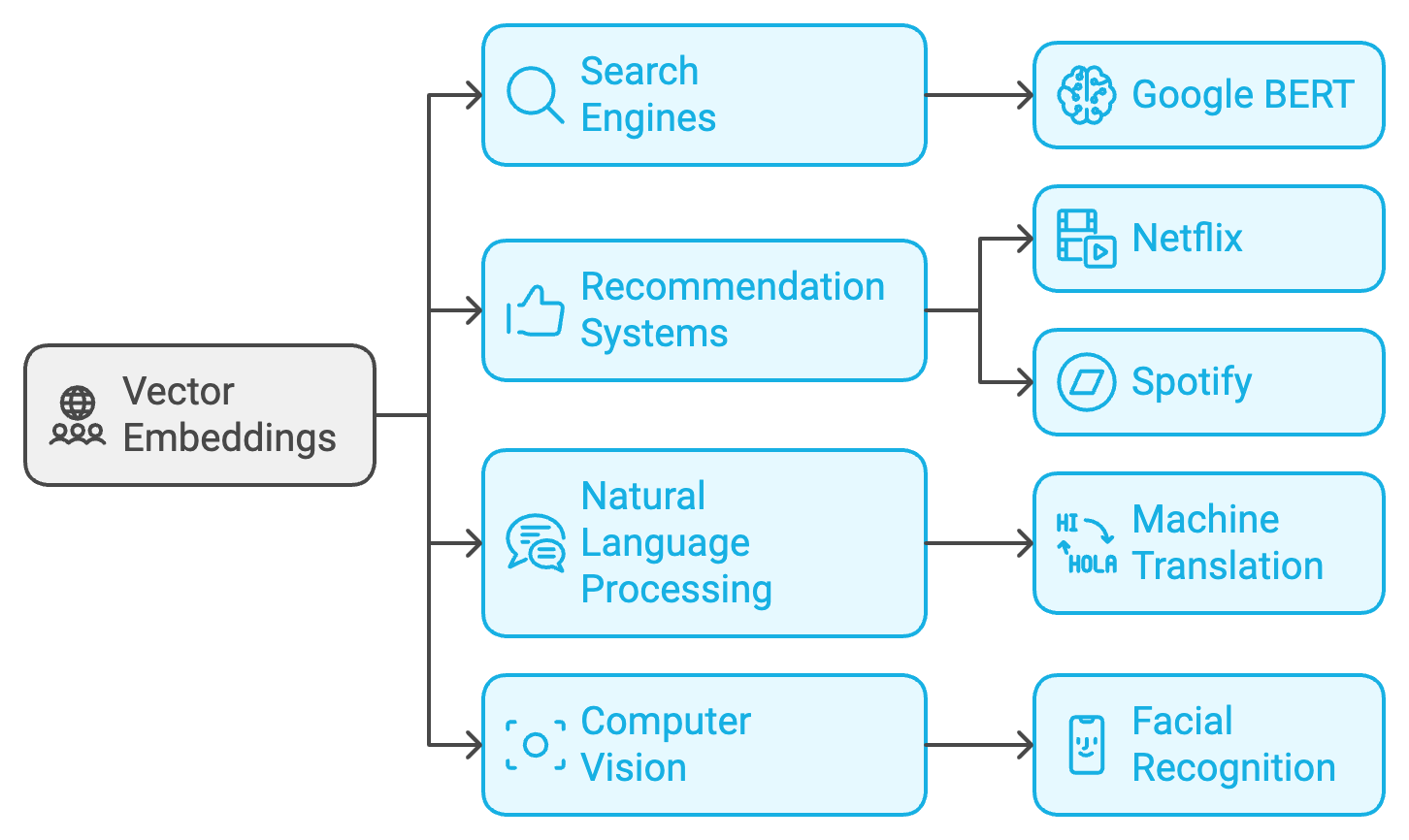
Next-Generation Search Engines
Google's BERT (Bidirectional Encoder Representations from Transformers) and subsequent models use vector embeddings to understand search queries better. "It's not just about matching keywords anymore," says Dr. Rodriguez. "These models can understand intent and context, dramatically improving search results."
For example, a search for "how to draw a bow" can now distinguish between archery and gift-wrapping based on the surrounding context and user intent.
Recommendation Systems
Netflix, Spotify, and Amazon all leverage vector embeddings to power their recommendation engines. The next time Spotify's 'Discover Weekly' playlist seems to read your mind, or Netflix suggests the perfect movie for your mood, remember: that's vector embeddings at work, silently decoding your preferences.
John Park, a data scientist at a major streaming service, explains: "We embed not just the audio features of a song, but also user behavior data. This allows us to capture complex patterns of user preference that go beyond simple genre classifications."
Natural Language Processing
Vector embeddings have revolutionized machine translation, sentiment analysis, and chatbots. Google Translate, for instance, uses a technique called "zero-shot translation," where it can translate between language pairs it hasn't explicitly been trained on, thanks to the shared semantic space created by vector embeddings.
Computer Vision
In image recognition tasks, convolutional neural networks often produce vector embeddings as an intermediate step. These embeddings capture high-level features of the image, which can then be used for tasks like facial recognition, object detection, or image search.
The Future: Quantum Computing and LLMs
As groundbreaking as vector embeddings are, two emerging technologies promise to take them to new heights: quantum computing and Large Language Models (LLMs).
As quantum computing and LLMs converge with vector embeddings, we must ask: are we approaching the singularity, where machines can not only process but truly understand information like humans do?
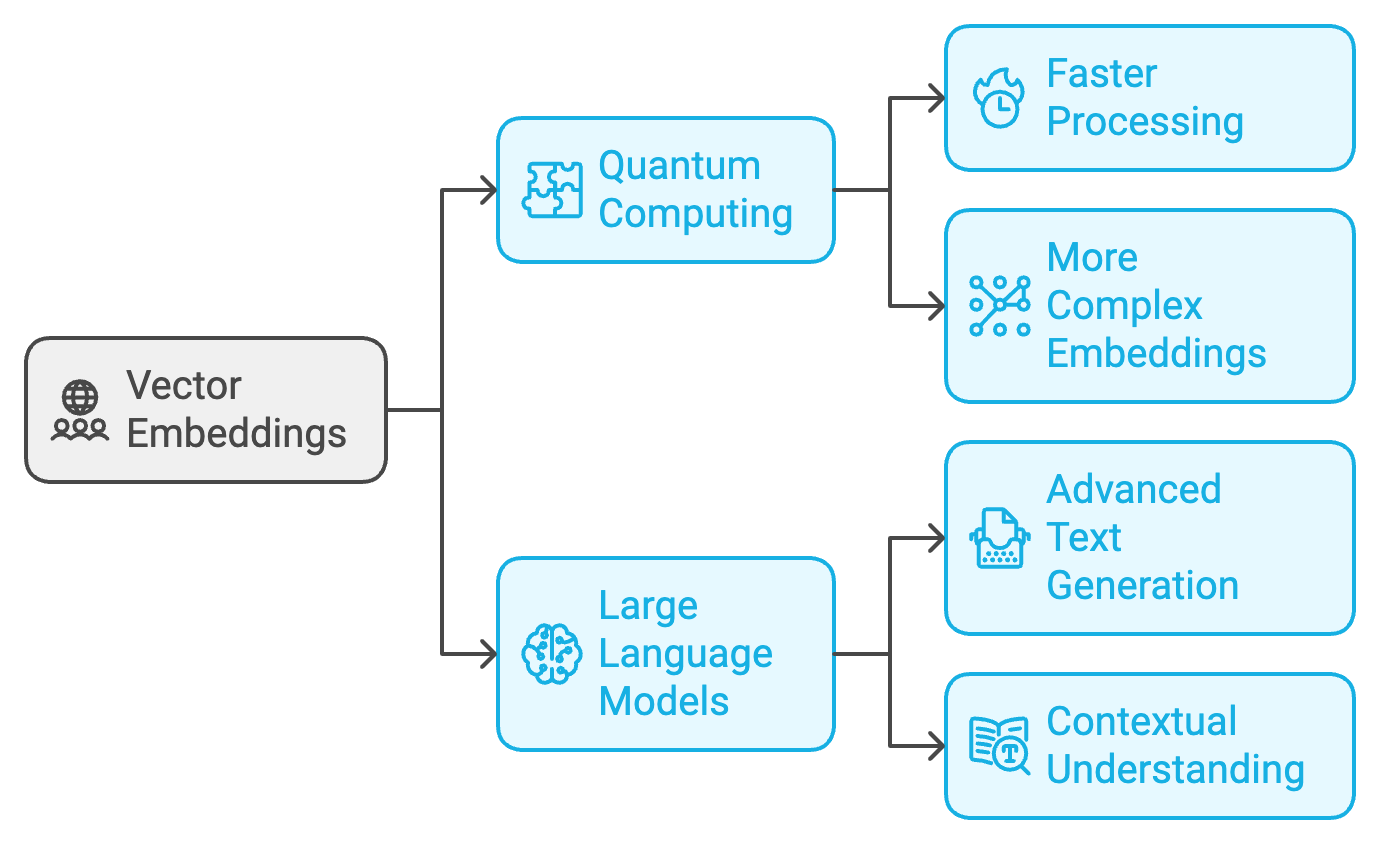
Quantum Computing
Dr. Yuki Tanaka, a quantum computing researcher at IBM, is excited about the potential: "Quantum computers could process high-dimensional vector spaces with unprecedented speed and efficiency. This could allow us to work with much richer, more complex embeddings, potentially capturing subtleties of meaning that are currently out of reach."
While practical quantum computers capable of such tasks are still years away, research in this direction is progressing rapidly. "The combination of quantum computing and vector embeddings could lead to breakthroughs in drug discovery, materials science, and complex system modeling," Dr. Tanaka adds.
Large Language Models
LLMs like GPT-3 and its successors use vast neural networks to generate human-like text. These models are trained on enormous datasets, creating intricate vector spaces that capture nuanced relationships between words and concepts.
Dr. Rodriguez notes, "LLMs are pushing the boundaries of what's possible with vector embeddings. They're not just processing existing information; they're generating new, contextually appropriate content. It's like having a hyper-intelligent research assistant that can understand and respond to complex queries."
Vector Databases: The Efficient Search Engine of the Future
Vector databases are the Formula 1 cars of the data world - sleek, purpose-built, and capable of mind-bending speed when it comes to processing complex queries.
Mark Johnson, CTO of a leading vector database company, explains: "Traditional databases are optimized for exact matches. But with vector embeddings, we're often looking for 'nearest neighbors' in a high-dimensional space. Vector databases use sophisticated indexing techniques to make these searches lightning-fast."
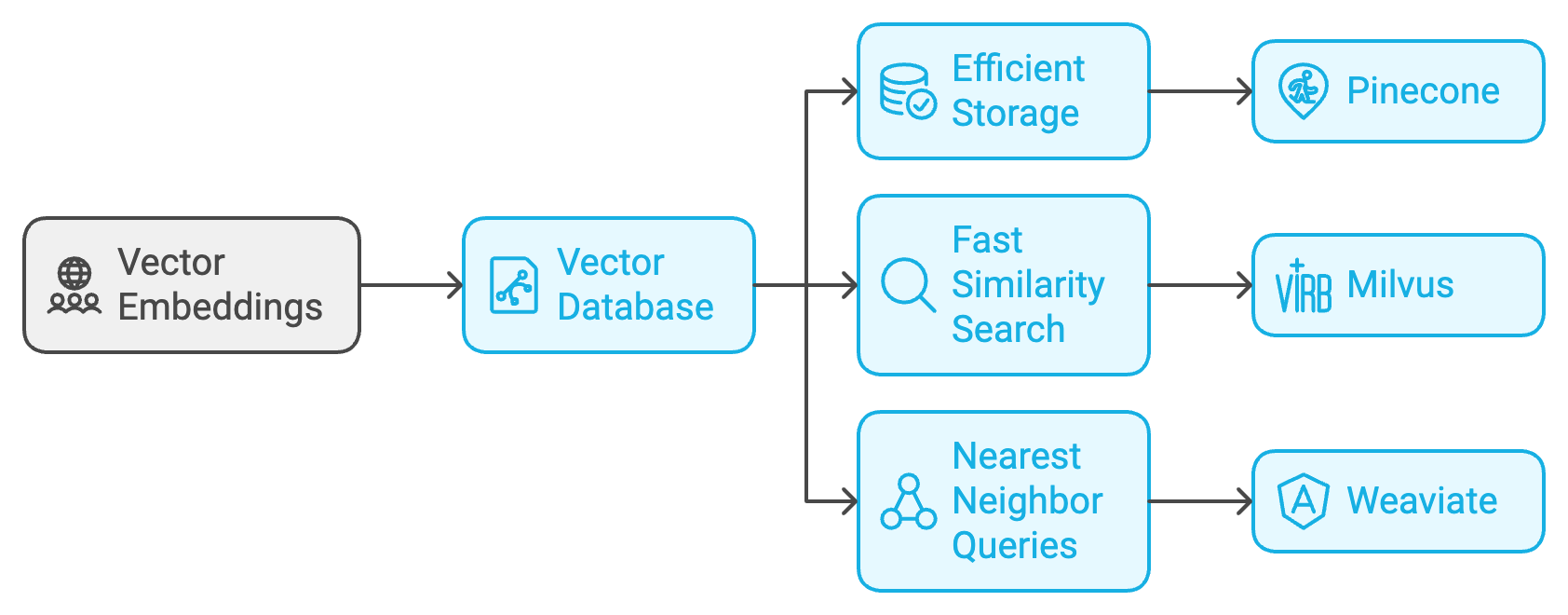
Popular vector databases include:
- Pinecone: Optimized for machine learning applications
- Milvus: An open-source vector database with strong community support
- Weaviate: Combines vector search with traditional data storage
Johnson predicts, "As more companies adopt AI and machine learning, vector databases will become as common as relational databases are today. They're the missing link between advanced AI models and practical, real-world applications."
Implications for Various Industries
The impact of vector embeddings and associated technologies will be felt across numerous sectors:
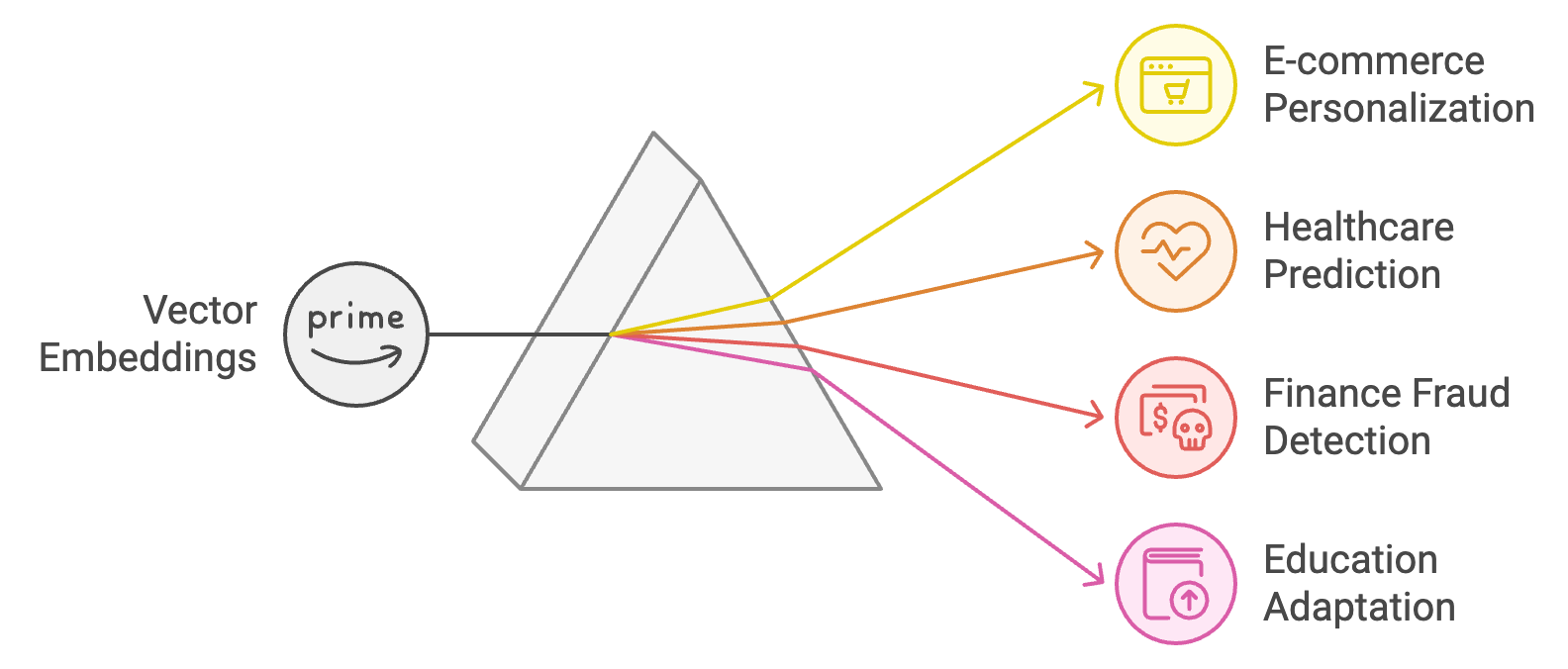
E-commerce
Vector embeddings are enabling a new level of personalization in online shopping. "We can now understand not just what a customer has bought, but why they bought it," explains Maria Gonzalez, an AI product manager at a major e-commerce platform. "This allows us to make recommendations that feel almost prescient."
Healthcare
In healthcare, imagine a system that can predict potential health issues by analyzing your medical history, genetic data, and lifestyle factors - all represented as interconnected vectors. Dr. James Liu, a bioinformatics researcher, explains: "We're using vector embeddings to analyze genetic sequences and protein structures. This is accelerating drug discovery and helping us understand complex diseases like cancer at a molecular level."
Finance
Risk assessment and fraud detection are being revolutionized by vector embeddings. "We can now capture subtle patterns in transaction data that were previously invisible," says Aisha Patel, a data scientist at a major bank. "This is dramatically improving our ability to detect fraudulent activity in real-time."
Education
Adaptive learning platforms are using vector embeddings to create personalized educational experiences. "By representing a student's knowledge state as a vector, we can dynamically adjust the curriculum to fill in gaps and challenge them appropriately," explains Dr. Robert Chang, an educational technology researcher.
Ethical Considerations and Challenges
While the potential of vector embeddings is enormous, their widespread adoption also raises important ethical questions:
Privacy Concerns
As systems become better at understanding and predicting human behavior, privacy advocates are raising alarms. "There's a fine line between personalization and surveillance," warns Dr. Emma Blackburn, a digital ethics researcher. "We need robust regulations to ensure this technology isn't misused."
Bias in Embeddings
Vector embeddings can inadvertently encode societal biases present in their training data. Research has shown that word embeddings can reflect gender and racial biases, potentially perpetuating discrimination when used in automated systems.
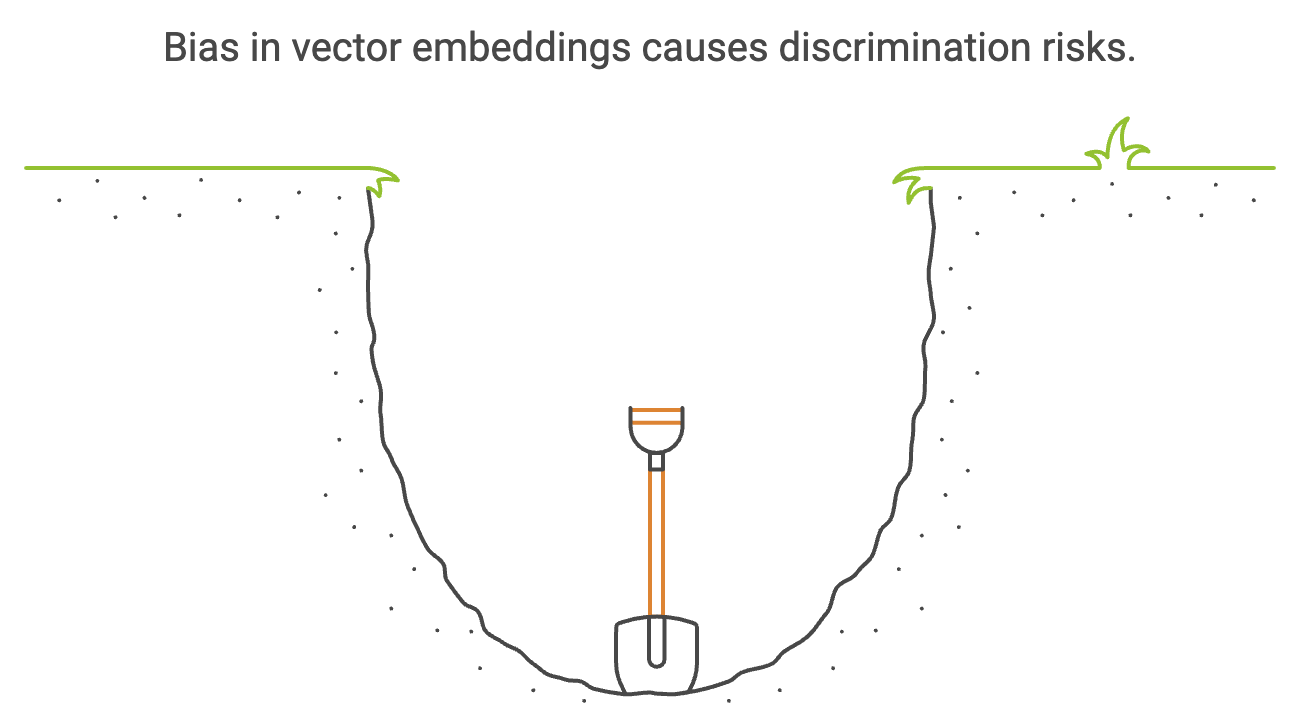
The Black Box Problem
The complexity of high-dimensional vector spaces can make it difficult to interpret why AI systems make certain decisions. This "black box" nature poses challenges in fields like healthcare and finance, where explainability is crucial.
As vector embeddings blur the line between data processing and genuine understanding, we must grapple with a profound question: at what point does artificial intelligence become, simply, intelligence?
Embracing the Vector-Powered Future
As we stand on the brink of this vector-powered revolution, it's clear that the way we interact with information is about to change dramatically. The internet is evolving from a static collection of pages to a dynamic, intelligent entity that understands context, nuance, and intent.
Dr. Chen from Stanford offers a final thought: "Vector embeddings are not just a new technology; they represent a fundamental shift in how we represent and process information. They're bringing us closer to computers that can truly understand and reason about the world in ways similar to humans."
For businesses, researchers, and individuals alike, embracing this new paradigm will be crucial. Those who learn to harness the power of vector embeddings and associated technologies will find themselves at the forefront of innovation, able to process and utilize information in ways that were previously unimaginable.
The vector age is not just coming; it's here. The question is: are you ready to harness its power and shape the future of information?
The future internet won't just answer our questions – it will understand them. And in that understanding lies the potential for unprecedented innovation, discovery, and growth.
Welcome to the vector age.


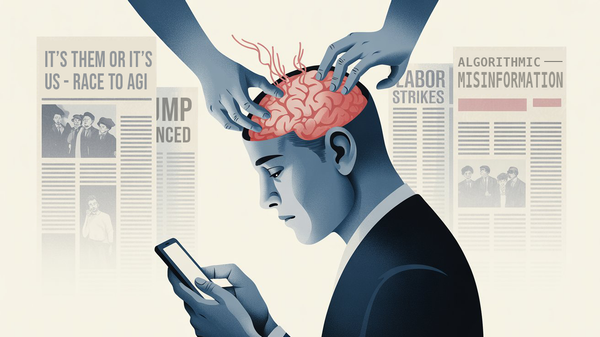
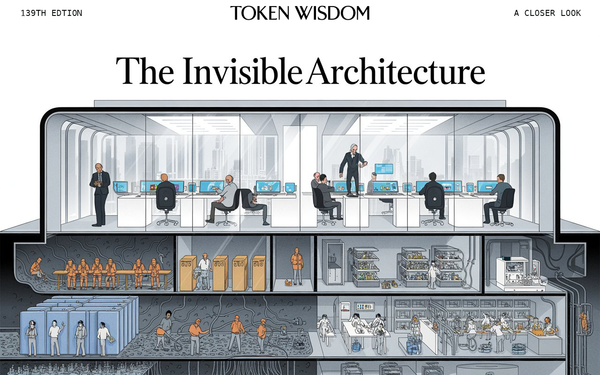



Member discussion